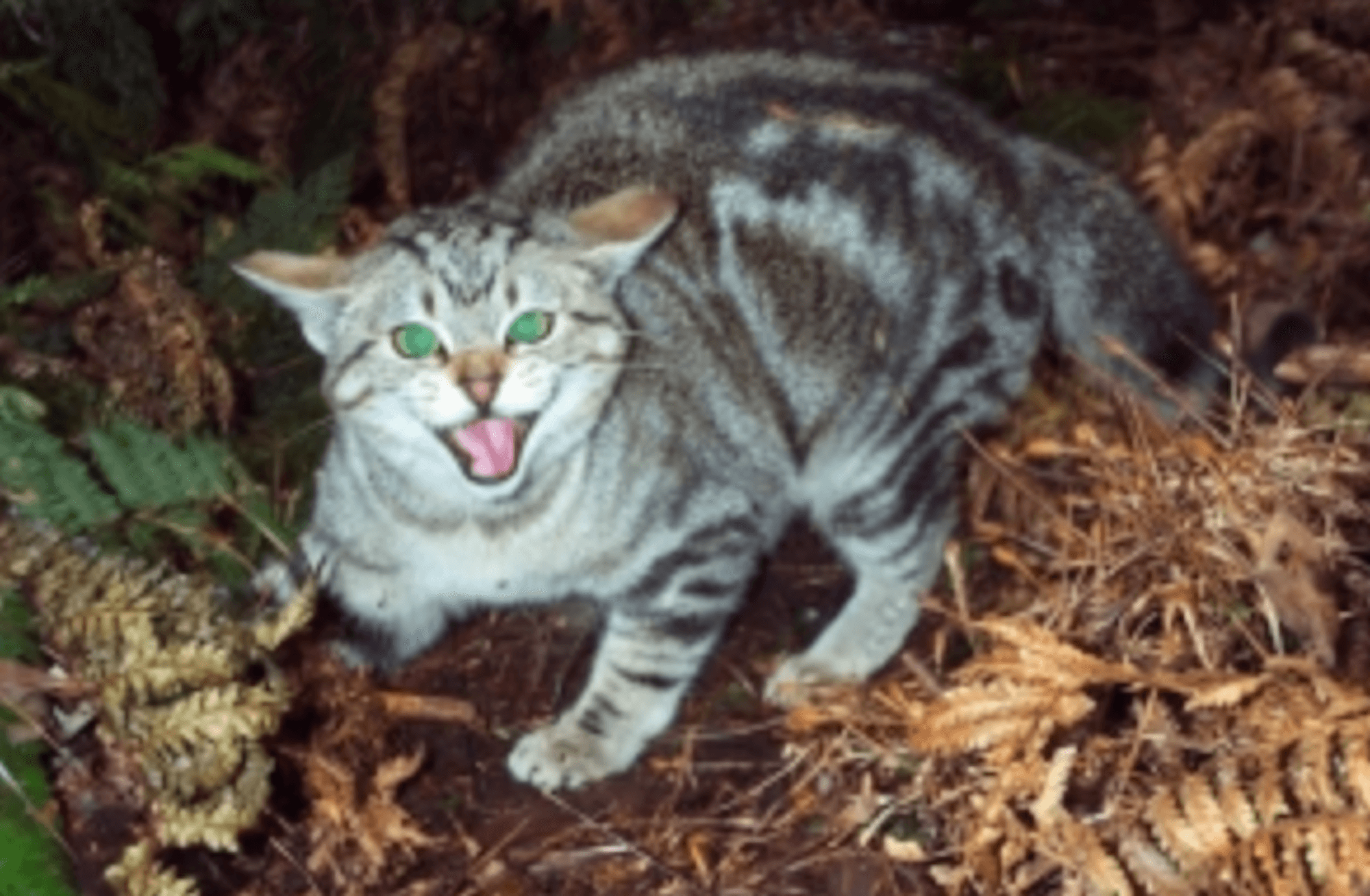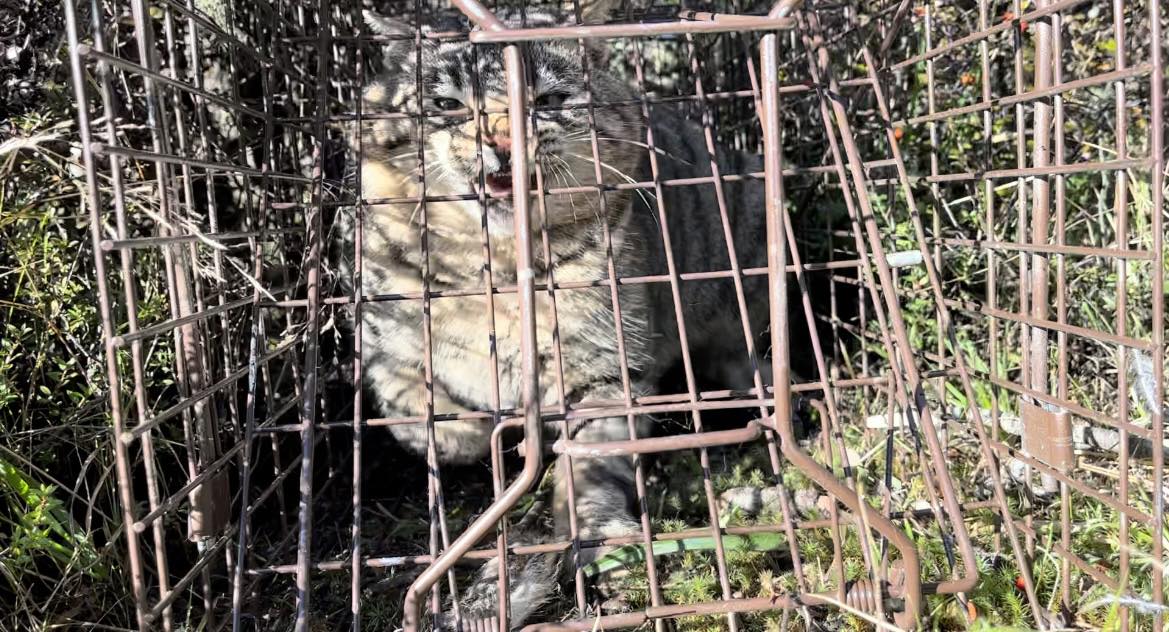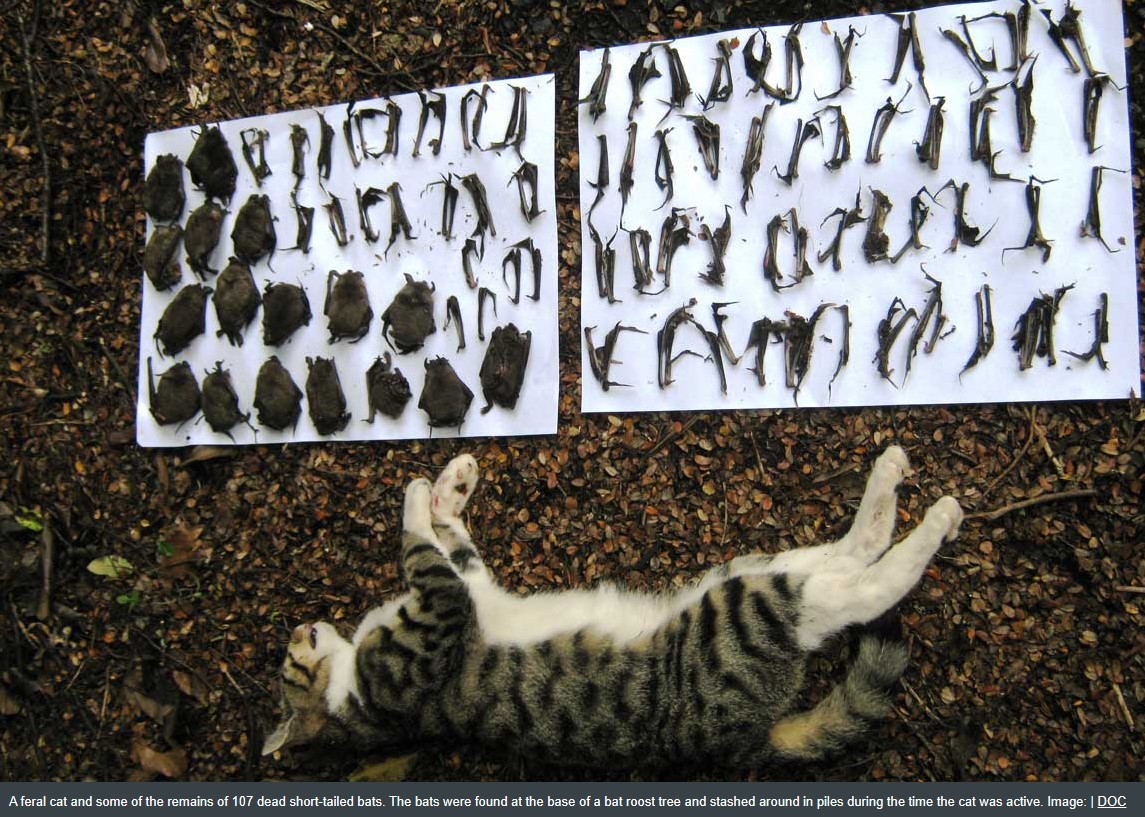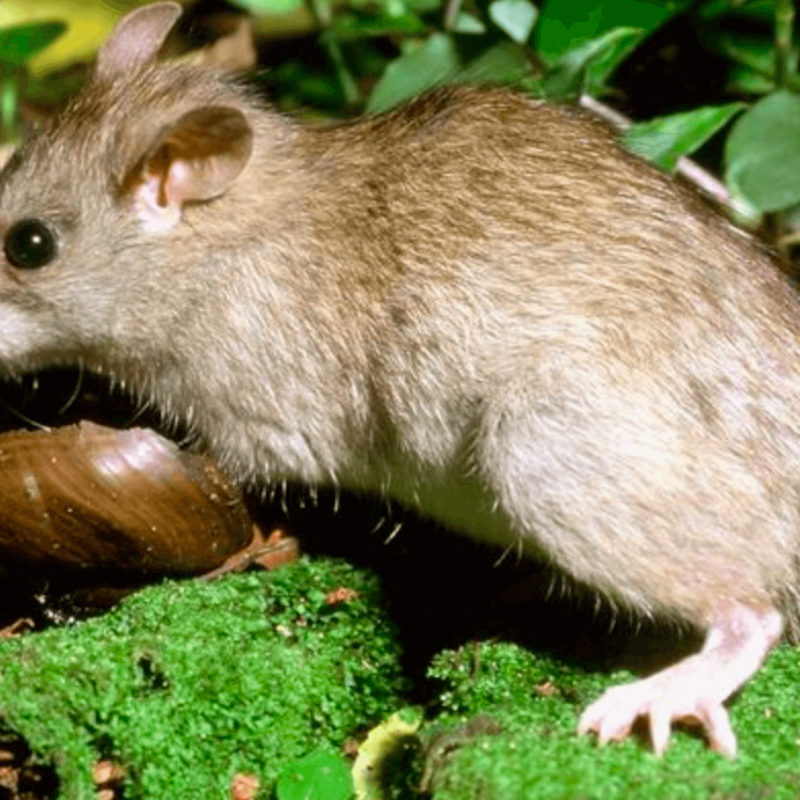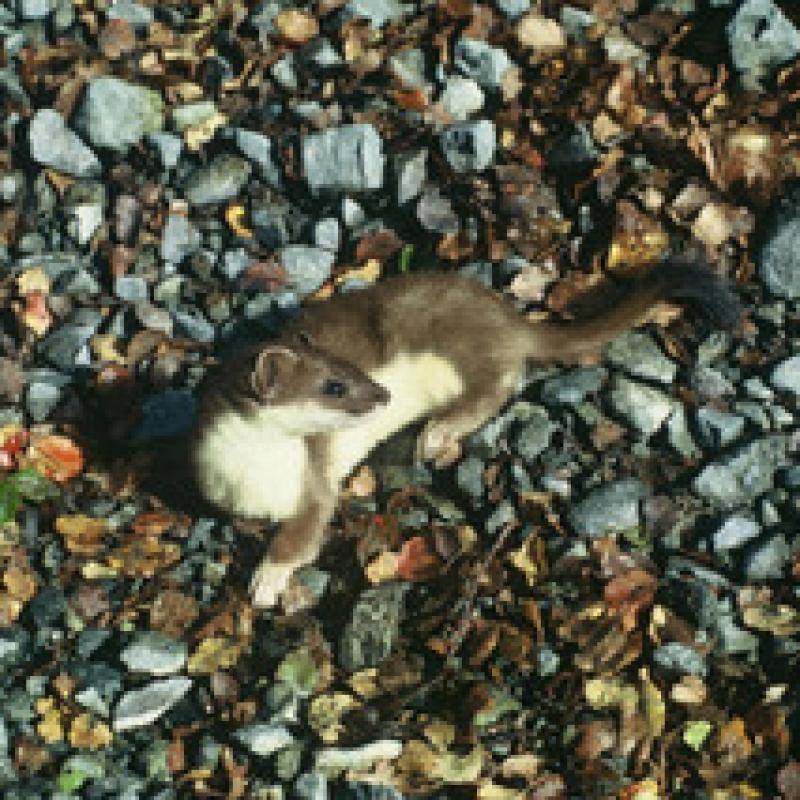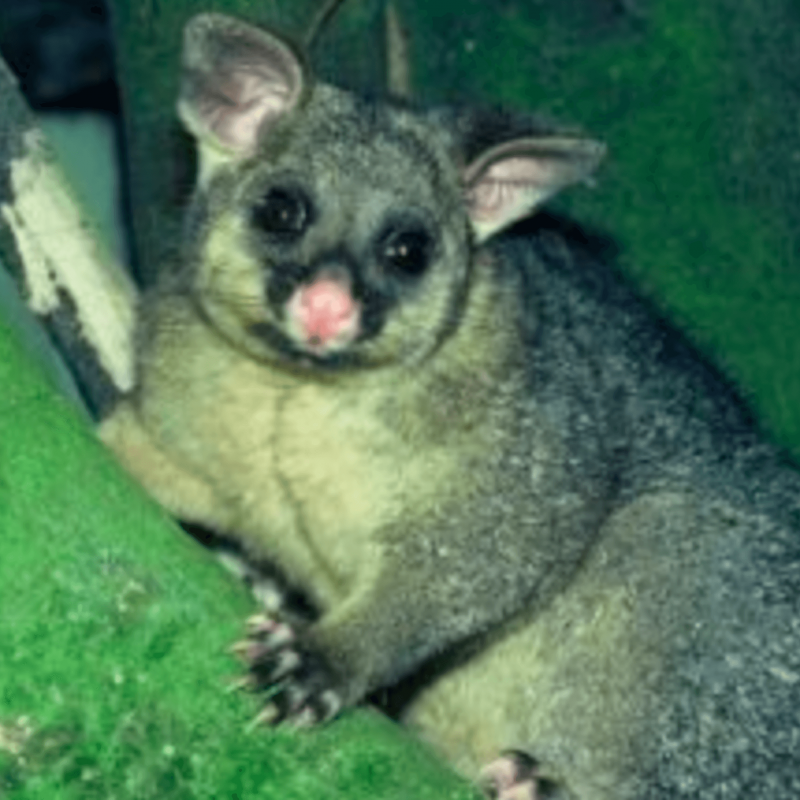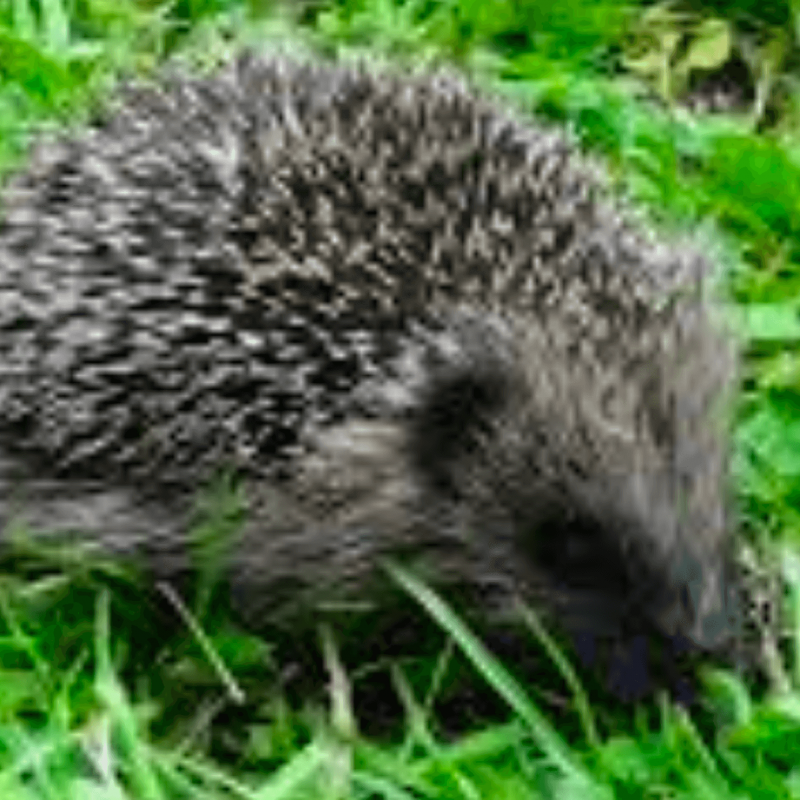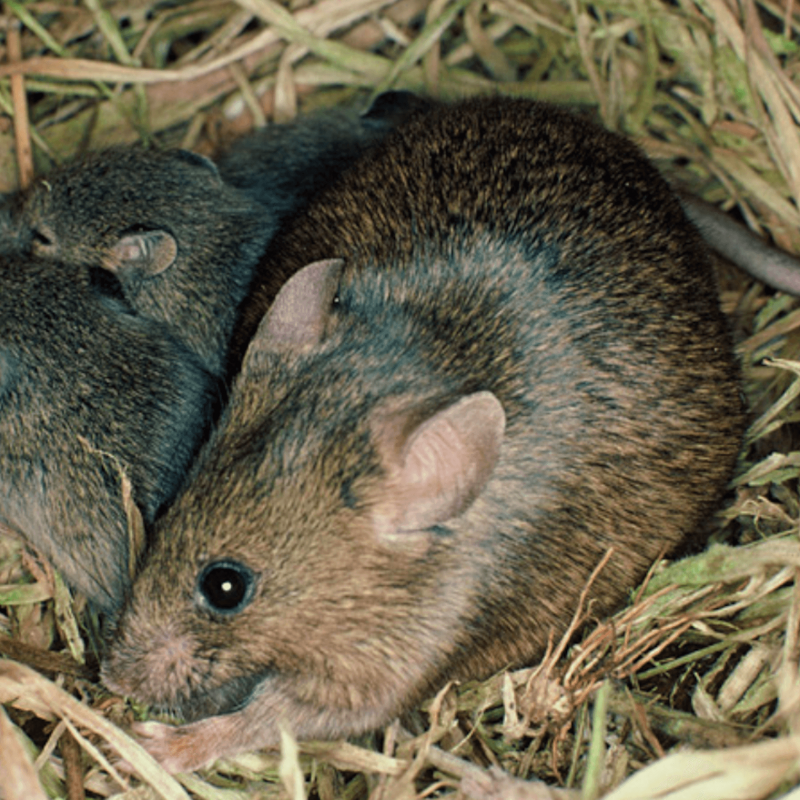Feral cats live in the wild and are not stray or owned. Black stilt, wrybill and black-fronted terns are greatly impacted by cat predation on braided riverbeds.
Feral cats are widespread in New Zealand. They live in many habitats, including coastal areas, farmland, forests, riverbeds, sub-alpine environments and on islands. They have the same appearance as some common, short-haired house cats such as tabby, tortoiseshell and black and can be bigger than house cats, though they don’t live as long. Male feral cats captured in the South Island high country averaged 3.75 kg and the heaviest male 7 kg. They can travel long distances. Scientists tracked a feral cat in the South Island high country that covered almost 6 km in one night.
The first cats in New Zealand arrived with early European explorers in 1769. Ships’ cats helped control the large number of unwanted rats aboard voyaging vessels. More than 50 years after cats were introduced to New Zealand, a feral cat population was established. Cats were also introduced to over 30 offshore islands, from Raoul Island in the north to Rakiura/Stewart Island in the south, as well as the Chathams group, and subantarctic islands. They have since died out or been eradicated from nearly half of these islands.
Feral cats have a major impact on New Zealand’s native and non-native species. The basis of their diet alters with the habitat they live in. They feed on rabbits, birds and bird eggs, rats, hares, bats, lizards, mice, wētā and other insects. Skink populations are at critically low levels in Central Otago, mainly due to cat predation.
On offshore islands, forest birds and sea birds make up a large part of the feral cat diet. In the 1980s, all kākāpō were removed urgently from Stewart Island/Rakiura to stop predation by cats. Cats swiftly exterminated all tīeke/saddleback from Hauturu/Little Barrier Island and Stephens Island/Takapourewa.
DOC has a legislated mandate to control feral cats on public conservation land. We usually control feral cats as part of a wider programme targeting other invasive species such as stoats, hedgehogs and rodents.DOC has eradicated feral cats from several offshore islands, including Raoul Island and Rangitoto Island. Populations of native species can increase in these places, and species that cannot survive in the presence of cats can be reintroduced.
Photos by: Rex Williams, Chrissy Becker-Fifield, DOC

